|
●Would a comparison group that matches the baseline usage pattern of a treatment group start to exhibit bias over time that would negate some of the savings of the treatment group? ●We know that there might be self-selection issues that might need to be addressed during the selection of the comparison group ●But we don’t know what the variability of the bias might be and we don’t know whether or not it might get worse under conditions of large-scale energy changes, such as during COVID experiment ●Simulate the selection of treatment and comparison groups for a program ●Target a subset of high peak load users, similar to what might done for a program that is focused on peak load reduction ●Select a variety of sizes of “treatment” and “comparison” groups from the larger targeted population that can be compared against each other pure doppelganger vs two smallest groups vs two largest groups takeaways: Bias is inevitable in comparison groups due to factors beyond our ability to control for 2) Larger groups will reduce bias, but treatment group may still diverge from comparison group over time 3) Need for more systematic approach to determine optimal comparison and treatment group sizes Standardizing Stratification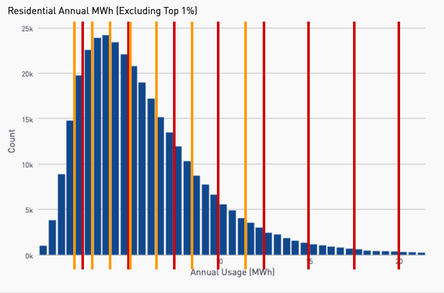 Stratification is about binning ●What parameters? ●Equal distance or population? ●How many bins? ●How many parameters? ●In what order of priority? ●Should there be an order? ●How do you gauge success? Stratified Sampling: What are the Constraints? The only option in resampling is the elimination of meters. Two main constraints: 1.The size of the comparison pool 2.The number of meters needed in the final sample 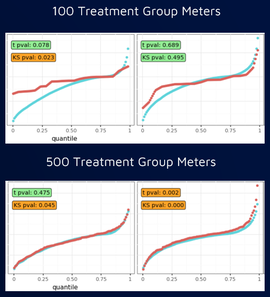 Standardizing Stratification: Dealing with Multiple Parameters Multiple parameters can generate a more representative sample ●Complexity: Stratifying the first parameter and then moving on to the next will inherently change the first ○Solution = Simultaneous 2D or nD binning ●How should the individual parameters be prioritized and binned? ○Solution = An optimal scheme should be determined via algorithm. ●How do you gauge success? Video of the August 28, 2020 Meeting: Comparison WG VIDEO - 2020-08-28 Slides from the August 28, 2020 Meeting (cumulative): Comparison WG SLIDES - 2020-08-28 Chat Record from the August 28, 2020 Meeting: Comparison WG Chat - 2020-08-28
1 Comment
Without a Comparison Group Why is COVID A Problem?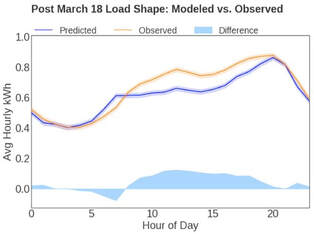 Residential Sector COVID Impacts: Blue line is CalTRACK Hourly Counterfactual. Orange line is observed usage. Without a comparison group to account for COVID, the increase in consumption wipes out program savings. Chart Shows Analysis from March 19 - May 8; 7.2% Increase in consumption due to COVID Diff-of-Diff: A (Slightly) Deeper DiveThe “Difference of Differences” Calculation
(Counterfactual_Treatment - Observed_Treatment) - (Counterfactual_Comparison - Observed_Comparison) Video of the August 14, 2020 Meeting: Comparison WG VIDEO - 2020-08-14 Slides from the August 14, 2020 Meeting (cumulative): Comparison WG SLIDES - 2020-08-14 Chat Record from the August 14, 2020 Meeting: Comparison WG Chat - 2020-08-14 concept
Stratifying a sample is done based on binning: Bins are defined based on the treatment group. The relative number of customers between treatment and comparison groups needs to match in every bin. anticipated strategy For most comparison pools, stratify on up to 3 parameters
Examples of normalized electric features % Heating kWh % Baseload kWh % Summer Peak kWh Video of the July 31, 2020 Meeting: Comparison WG VIDEO - 2020-07-31 Slides from the July 31, 2020 Meeting (cumulative): Comparison WG SLIDES - 2020-07-31 Chat Record from the July 31, 2020 Meeting: Comparison WG Chat - 2020-07-31 key research strategy Create “Treatment” groups by selecting unique samples of customers Stratified sampling to produce Comparison groups Monitor divergence between “Treatment” and Comparison Groups (both pre- and post-COVID These “Treatment” groups are not program participants (which is good)! phase 1: stratified sampling and pre-covid testing  Goal: Develop and Demonstrate successful implementation of stratified sampling
Video of the July 17, 2020 Meeting: Comparison WG VIDEO - 2020-07-17 Slides from the July 17, 2020 Meeting (cumulative): Comparison WG SLIDES - 2020-07-17 Chat Record from the July 17, 2020 Meeting: Comparison WG Chat - 2020-07-17 why comparison groups?
proposed methodology to test
Video of the June 26, 2020 Meeting: Comparison WG VIDEO - 2020-06-26 Slides from the June 26, 2020 Meeting (cumulative): Comparison WG SLIDES - 2020-06-26 Chat Record from the June 26, 2020 Meeting: Comparison WG Chat - 2020-06-26 key concepts regarding metered savings 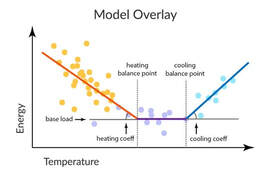
Video of the June 05, 2020 Meeting: Comparison WG VIDEO - 2020-06-05 Slides from the June 05, 2020 Meeting (cumulative): Comparison WG SLIDES - 2020-06-05 Chat Record from the June 05, 2020 Meeting: Comparison WG Chat - 2020-06-05  What motivates this work? -- Overarching goal is to reduce the risk of procuring energy efficiency by using meter-based savings calculations -- Principles:
Video of the May 22, 2020 Meeting: Comparison WG VIDEO - 2020-05-22 Slides from the May 22, 2020 Meeting: Comparison WG SLIDES - 2020-05-22 Chat Record from the May 22, 2020 Meeting: Comparison WG Chat - 2020-05-22 |
Archives
March 2024
Categories |

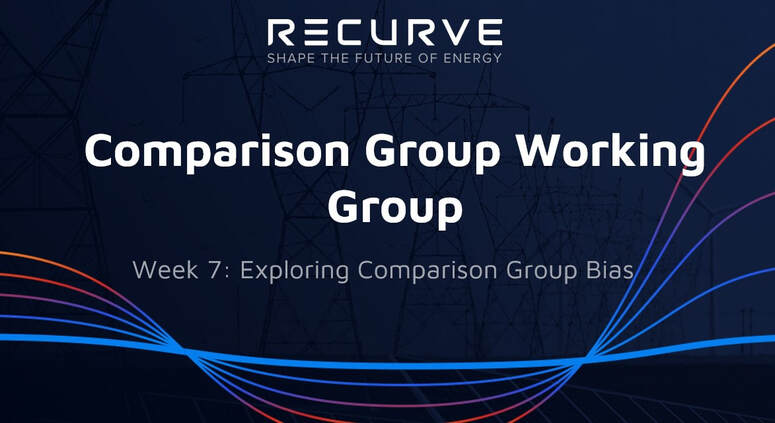



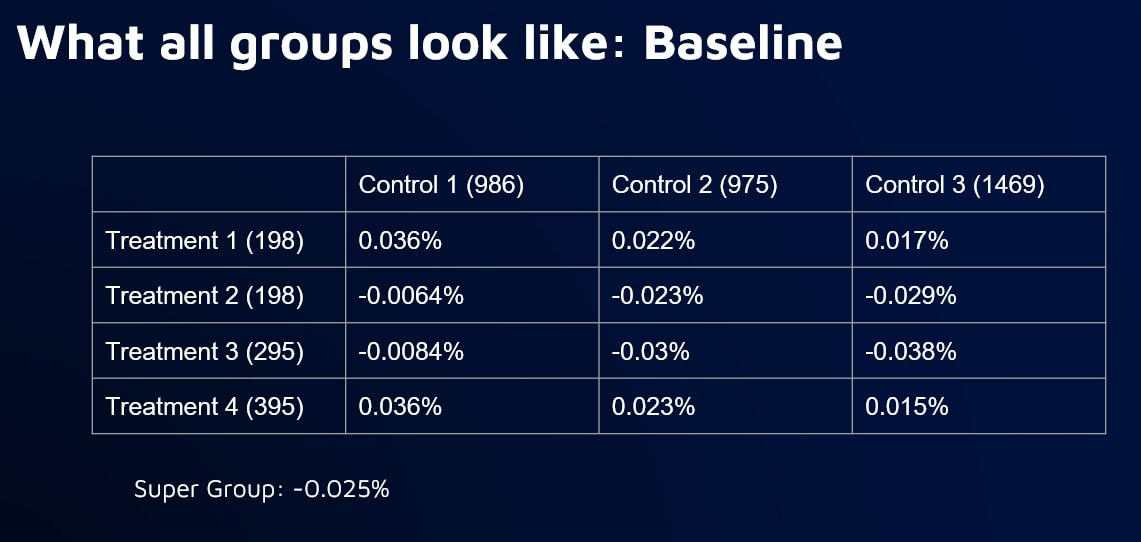
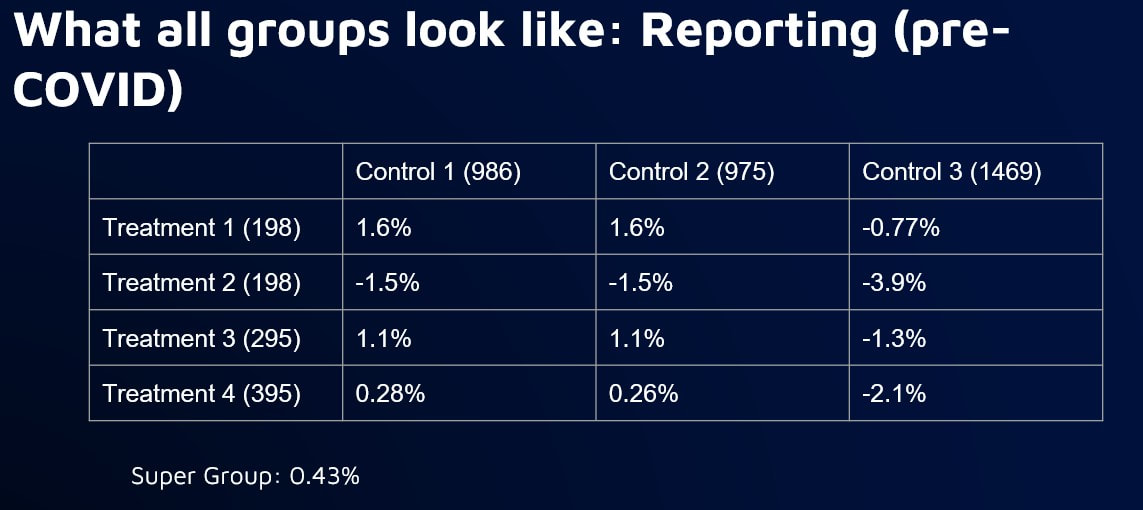
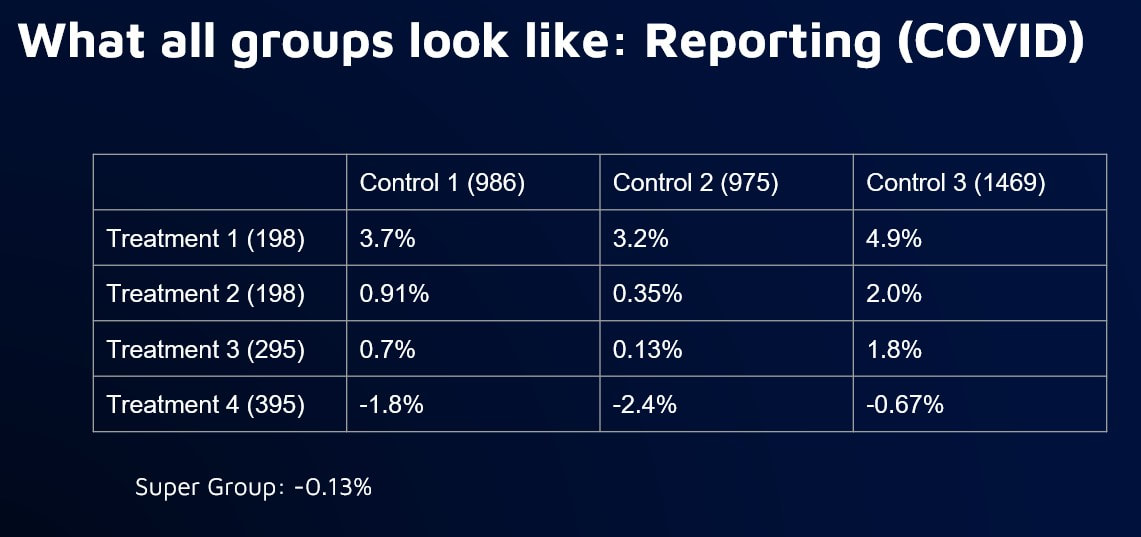
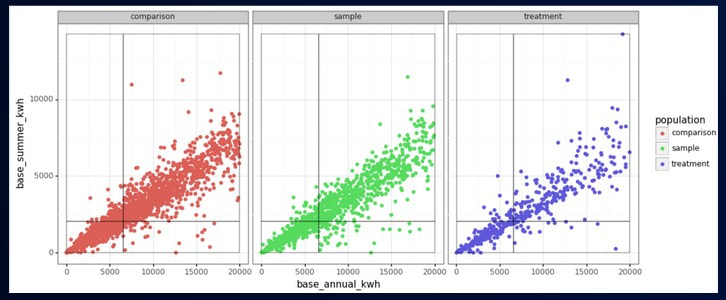

 RSS Feed
RSS Feed
